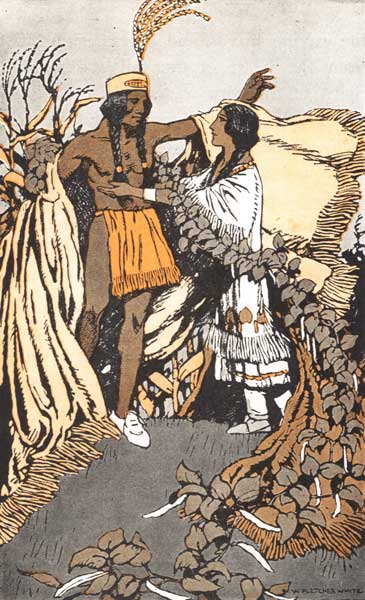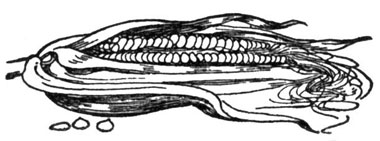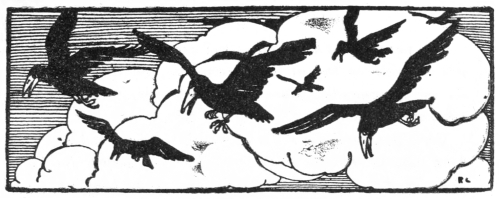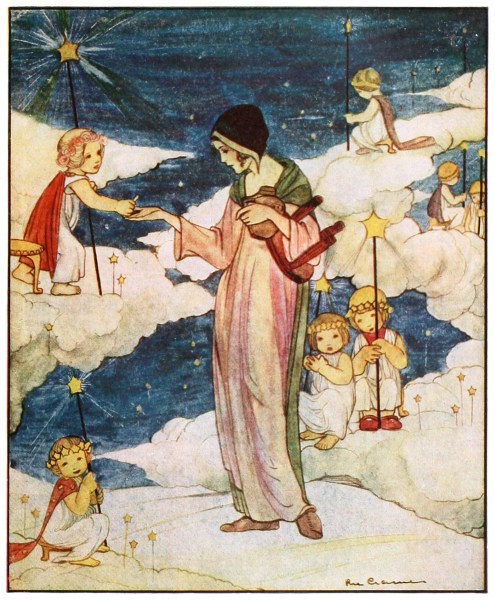 |
| Photo by lilartsy on Unsplash |
A friend and storytelling colleague was grousing recently about in his childhood being told that the candy cane is shaped like a “J” to honor Jesus. He was correct that the facts are far more complicated, but still interesting.
It's a story that has some interesting twists (pun intended), but the simplest, most fact verified I've found is at https://www.rd.com/article/origin-of-candy-canes/.
Personally I think Christmas is a perfect time for legends. I find I've posted about it 33 times so far here at this blog. There are both shorter ones and some are multi-part stories.
Of course I went looking to see what stories might be beyond the link I gave at the start of all this. It's not really about candy canes, but about their flavor -- Peppermint. It also mentions a candy I'd never heard about <GASP!> the Pear Drop. Apparently it's a popular British sweet.
English author and poet, Rose Fyleman, within her book, Forty Good-Night Tales, includes a multi-part group of stories she calls "Bag of Goodies" about various sweet ingredients. This is the fourth of six.
peppermint and pear-drops
There once lived a Prince and Princess who loved one another dearly. But the parents of the Princess wanted her to marry some one else.
The Princess was very fond of peppermint and the Prince was very fond of pear-drops, and they always sent them to one another on their birthdays. But the mother and father of the Princess were so determined that their daughter should not marry the Prince that they sent her away into a distant part of the country and fastened her up in the dungeon of a great tower; and there she sat all day sewing and reading and thinking of the Prince, with nothing to console her but a large tin of peppermints which he had sent her for her last birthday.
And the Prince was so miserable when he heard she had gone away that he wandered all over the country with nothing to console him but a packet of pear-drops which the Princess had given him on his birthday.
He carried them in his satchel and ate one now and then in order to keep up his spirits.
And one day he came by chance to the foot of the very tower where the Princess was imprisoned.
And as he passed by, the wind carried a whiff of pear-drops (you know how strong they are) through the high window into the dungeon where sat the Princess.
Hope sprang up in her heart.
"Can it be my Prince come to seek me?" she thought. The window was, as I have said, very high up, and it was heavily barred, so that she could not see out of it; but she quickly wrapped up a peppermint in her handkerchief and managed to throw it out. The Prince saw something white fall into the bushes, and wondered what it could be. Suddenly a whiff of peppermint reached him. "Can it be," he thought, "can it be that my Princess is near?" He searched in the bushes until he found the peppermint in the handkerchief, and then he knew for certain that the Princess was in the tower. He dared not shout, for fear he should be heard by the guards; but he waited till night fell and then came again with a ladder and a stout file. He climbed up the ladder and filed through the bars and got the Princess out and carried her away, to his own land, where they lived happily ever after.
But if it hadn't been for the peppermints and pear-drops he might have been searching for her to this very day.
***
It's a bit Rapunzel-ish, but with an interesting twist. Rather like the many twists in the story of Candy Canes.
I also found another story, "The Story of the Candy Stick" by Carolyn Sherwin Bailey. She can usually be counted on for an entertaining story, but this one didn't do it for me. At first I was worried by the book's title, Stories for Sunday Telling, but it really was all about the stages involved in making a candy cane.
**************************
This is part of a series of postings of stories under the category, “Keeping the Public in Public Domain.” The idea behind Public Domain was to preserve our cultural heritage after the authors and their immediate heirs were compensated. I feel strongly current copyright law delays this intent on works of the 20th century. My own library of folklore includes so many books within the Public Domain I decided to share stories from them. I hope you enjoy discovering them.
At the same time, my own involvement in storytelling regularly creates projects requiring research as part of my sharing stories with an audience. Whenever that research needs to be shown here, the publishing of Public Domain stories will not occur that week. This is a return to my regular posting of a research project here. (Don't worry, this isn't dry research, my research is always geared towards future storytelling to an audience.) Response has convinced me that "Keeping the Public in Public Domain" should continue along with my other postings as often as I can manage it.
See the sidebar for other Public Domain story resources I recommend on the page “Public Domain Story Resources."







